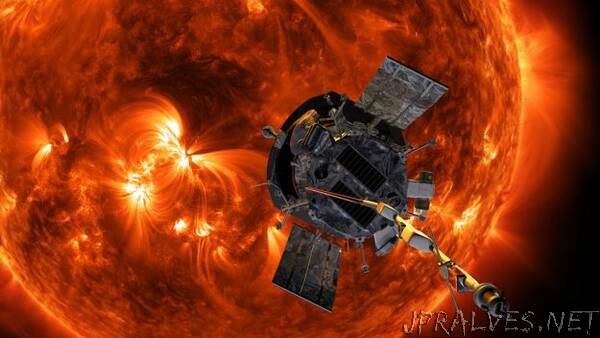
“At just before 1:50 p.m. EDT on Sept. 1, 2019, NASA’s Parker Solar Probe completed its third close approach of the Sun, called perihelion. At the time of perihelion, the spacecraft was about 15 million miles from the Sun’s surface, traveling at more than 213,200 miles per hour.
Mission controllers at the Johns Hopkins Applied Physics Laboratory in Laurel, Maryland, received a green “A” beacon from the spacecraft soon after perihelion, meaning all systems were performing as designed and that the spacecraft was in good health.
This third encounter, which was at approximately the same distance from the Sun and speed as the first two, differs in that the spacecraft’s four instrument suites have been on and gathering data for a longer period than other perihelia.
For this third solar encounter, the mission team turned on the instruments when the spacecraft was around 0.45 astronomical units from the Sun on the inbound side of its orbit. (One astronomical unit, or AU, is about 93 million miles, the average distance between the Sun and Earth.) The instruments will be turned off when Parker Solar Probe is about 0.5 AU from the Sun on the outbound side, which will occur on about Sept. 20. For the prior two perihelia, the instruments were on from 0.25 AU prior to and after completing the close approach.”
